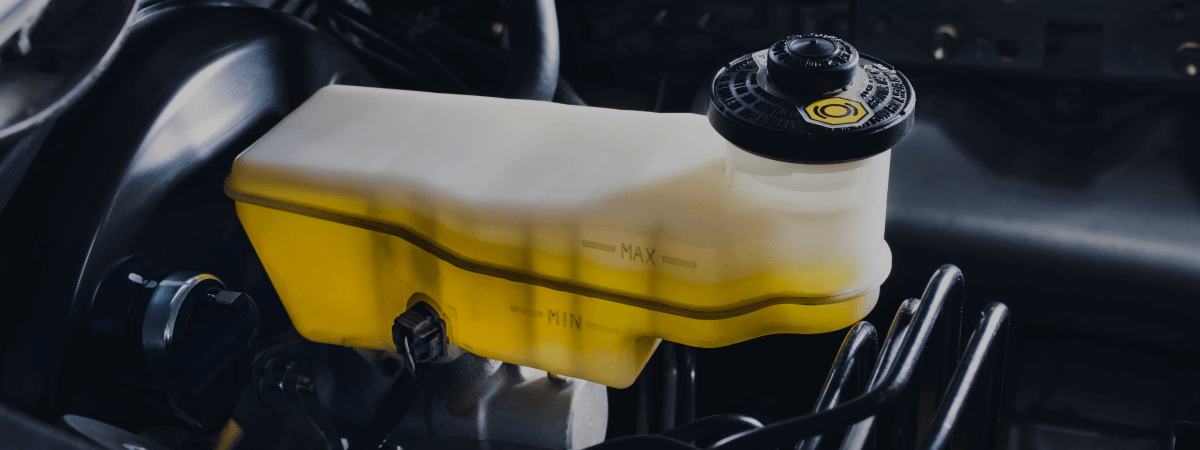
Although the automotive industry has succeeded drastically in technological and mechanical advancement throughout history, all cars with combustible engines still have one thing in common: the ignition system.
Over the years, close to all primary components of a car have undergone improvement; however, for almost a century, the basic principles of an ignition system remain the same.
The ignition system works by converting electrical voltage from the battery into a much higher voltage.
It then transfers this electric current into the engine’s combustion chamber and ignites the compressed mixture of fuel and air to make combustion.
This combustion generates the energy your car needs to run.
If you worry so much about your vehicle, then you should understand the role of an ignition system and the function of its different components.
The Role Of The Ignition System
You’re going to work, or you want to dine with a friend. You insert your key into your car’s ignition and turn it immediately your engine picks up and continues running.
Have you ever taken time to ponder about the whole process that happens behind that simple action?
Your car engine is called an “internal combustion engine” because the power it produces to run your car is created from combustion inside its combustion chamber.
The ignition system plays a crucial role in generating such combustion: the air and fuel mixture transferred to the combustion chamber is ignited by the electric current supplied by your spark plugs.
For the ignition system to function properly, it must achieve two tasks efficiently and accurately simultaneously.
Create A Strong, Hot Spark
The first function is to create a hot spark that can pass across the spark plugs gap.
This means that the ignition system needs to increase the battery’s voltage from 12 volts to a minimum of 20,000 volts.
This is the required voltage to ignite the compressed air and fuel mixture contained in the combustion chamber to produce energy-generating combustion.
Find The Spark At The Exact Time
Simultaneously, the ignition system’s other crucial function is to ensure that a sufficient amount of voltage must be delivered to the right cylinder at the exact time, which must happen frequently.
Functions Of Each Component Of The Ignition System
Battery
Your car’s battery stores electricity and disperses it as direct current. So when the engine is running, it also runs the alternator that creates the electricity to recharge the battery.
The battery provides 12 volts of direct current. But, to get a spark for combustion to take place, there need to be between 20,000 to 50,000 volts at the spark plug.
The ignition coil is needed to achieve such a surge in voltage.
Ignition Coil
To get such a huge rise in voltage, the ignition systems in all cars, except the diesel-powered ones, must use an ignition coil made up of two coils of wire (called the primary and secondary winding) wrapped around an iron core.
Here, the ignition coil plays the role of an electrical power transformer. The ignition coil aims to produce an electromagnet by running the 12 volts supplied by the battery through the primary winding.
So when the car’s ignition system triggering switch puts off the power to the ignition coil, the magnetic field drops.
Read more: What are the types of ignition system
As this happens, the secondary winding captures the dropping magnetic field from the primary winding and converts it up to 15,000 – 25,000 volts.
Then the secondary winding supplies this voltage to the spark plug, thereby producing combustion in the engine’s combustion chamber.
This produces the energy to start and run your car. The converted voltage sent to the spark plug must be between 20,000 and 50,000 volts for the necessary spark to happen.
Distributor
The distributor produces a periodic, discrete charge transferred to the primary ignition coil. Here’s how?
The distributor has a “breaker point” (connected to the ground by a lever) that grounds the primary coil’s circuit.
The lever gets transferred by a cam connected to the distributor shaft, which opens the primary coil circuit and induces the collapse that triggers the high voltage burst in the secondary ignition coil.
Further, while the battery and ignition coil supply the power, the distributor plays a critical role by determining exactly where and when that power moves to each spark plug.
Spark Plugs And Their Wires
The spark plug wires also called the ignition wires, are insulated wires that transfer the power to the spark plugs to produce the spark that induces combustion.
Read more: Types of spark plugs and their functions
How Important Is The Ignition System?
Without the ignition system working perfectly and accurately, your car may have difficulty starting or even running at all.
Faulty components and worn spark plugs in the ignition system will affect your engine’s performance.
This can, in turn, create a series of engine problems, including lack of power, difficulty starting, poor fuel economy, misfiring, and even permanent damage if issues are not attended to on time.
It’s also important to note that these engine challenges caused by a faulty ignition system can damage other important components in your car.
With this, regular maintenance of your ignition system is crucial in ensuring your engine’s optimal performance, resulting in smooth and safe driving.
Related Posts
Key Takeaways On average, passenger vehicle tires last 40,000 to 60,000 miles, depending on type, driving habits, and maintenance. Replace tires when tread depth reaches 2/32”, if damaged, or older than 10 years. Regular rotation, alignment, and proper inflation extend tire life. Aggressive driving, poor roads, and harsh weather shorten tire lifespan. Take advantage [...]
When you think about car maintenance, you probably focus on oil changes, tire rotations, and maybe even brake pad replacement. But what about your brake fluid? If you’ve ever wondered, “What does brake fluid do?” or “Why is brake fluid important?”, you’re not alone. Brake fluid might not be the most talked-about part of [...]
Is that high-pitched squeal from your brakes driving you—and everyone else—crazy? Don’t ignore it. Squeaky brakes aren’t just annoying, they’re your car’s way of saying something needs attention. Whether you're cruising through Salt Lake City or winding up Idaho’s mountain passes, here’s what’s likely going on, how you can fix it, and when it [...]





